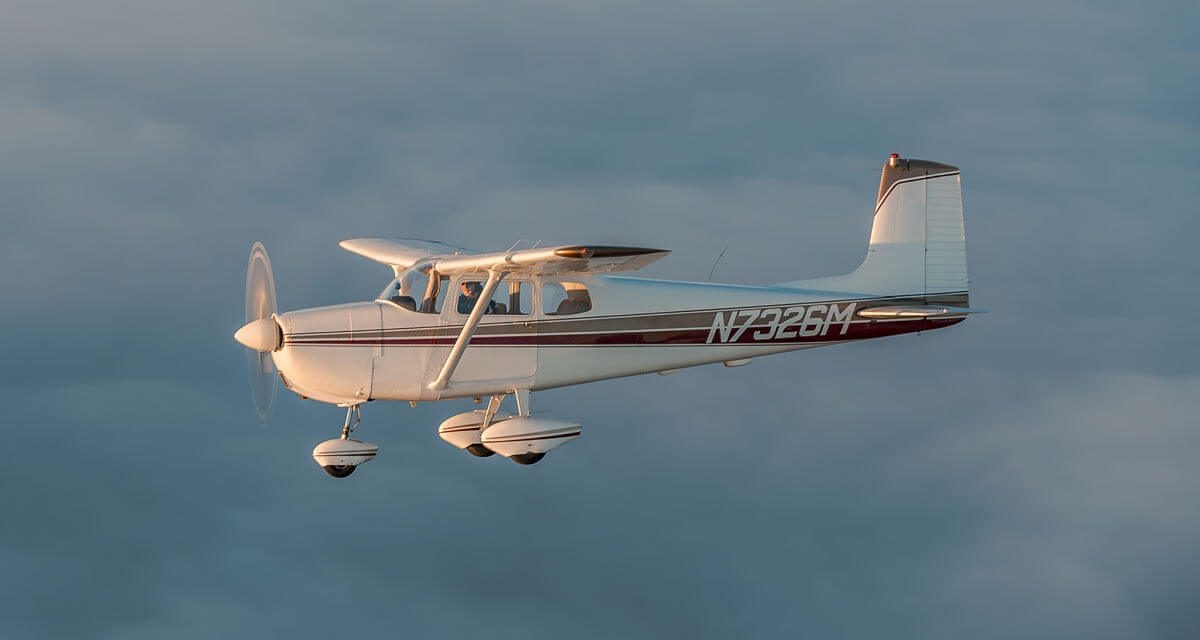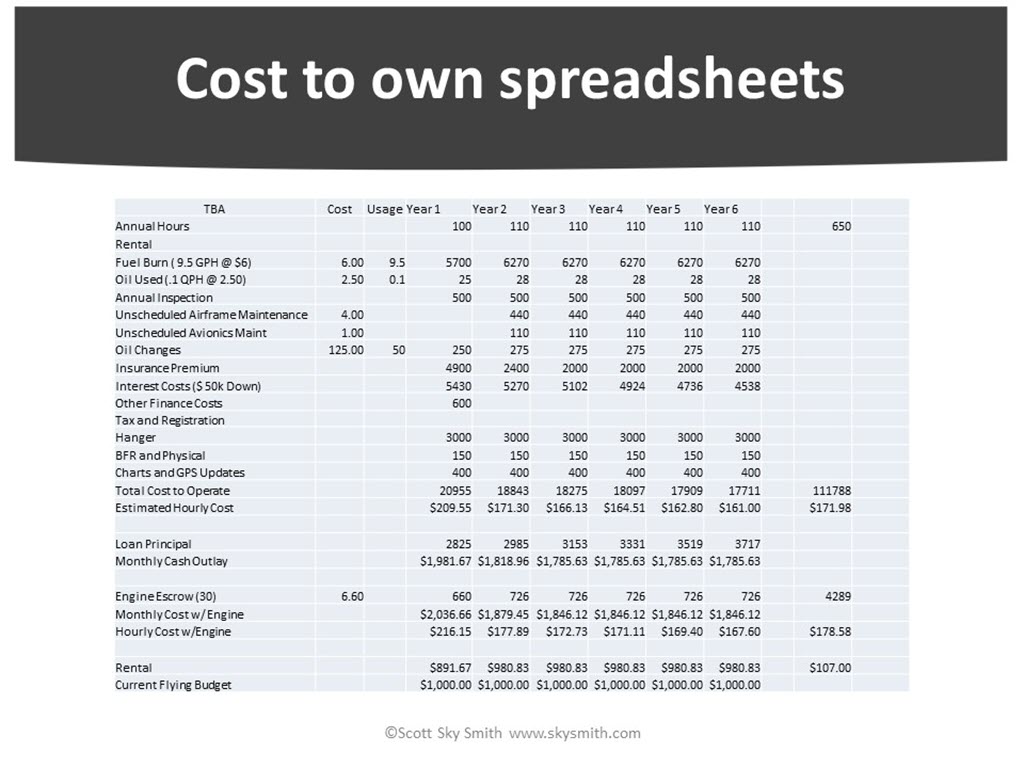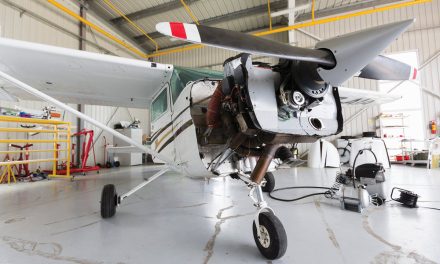Have you ever been told, or thought to yourself, that you needed to have an instrument rating? People in the flying community (and in the FAA) believe that the instrument rating is a valuable tool. It can save time on cross-country trips and it can save you money (no rental cars to get home when the weather gets bad). It can also make you a better pilot but if not practiced, it can kill you. If you follow the FAA and NTSB reports, it appears that one of the greatest killers of general aviation pilots is continuing a VFR flight into instrument conditions. Many a pilot has flown into IMC weather only to meet their demise because they became disoriented. A good example is the JFK Jr. flight. Even pilots who were instrument rated, but not current on instruments, have been put into this position. This can be just as bad as the non-instrument pilot, probably worse, because the IFR pilot often thinks that once they have the rating it is good for life — no matter how much practice they have had. In reality the VFR pilot should never be in that situation to start with.
This article originally appeared in the September 2019 issue of Cessna Owner magazine.
From an insurance standpoint, an instrument rating has always been important for complex aircraft. Most insurance companies would not cover a non-instrument pilot in a twin, a pressurized aircraft or a turbocharged aircraft. But that was it. Any other aircraft could be covered. I would guess that probably less than 40 percent of my insurance customers have an instrument ticket. Surprisingly I have a few customers flying pressurized aircraft and they don’t have instrument ratings. Does this mean that the instrument rating is not as important as many in the aviation community would have you think? No. But it does mean that it is not a necessity for many of the aircraft being insured.
But maybe the bigger question is, do instrument ratings really help save on insurance?
That is one of my yes and no answers! It can save you around 5% (or maybe more depending on the aircraft) on the average aviation insurance policy. Each individual policy is underwritten using several different criteria (risk modifiers) such as ratings, hours, certificates, etc. Each one of these individual modifiers adds or subtracts from the base premium used in the quote. The risk modifiers can amount to a lot of additional cost or reductions if you have a large premium. A person paying $3,000 per year in insurance premiums can possibly save up to $150 per year by just having their instrument rating.
But let’s be realistic. If you’re flying a Cherokee 140, an instrument ticket is not required. Many times, these aircraft are not even equipped for IFR flight. And on top of that, the annual insurance cost for these aircraft is low compared to the larger, higher performance aircraft. A savings of 5% on a $500 premium is only $25 dollars. Not much in the overall picture of operating cost. (But when thinking of keeping flying affordable it still adds up to a cost savings).
But remember, insurance premiums aren’t calculated just on the pilot’s ratings and hours. They also “assume” the pilot’s type of flying by the type of aircraft that is being insured. If the insured aircraft is a Piper Cub, they are assuming you fly low and slow across the countryside, the last thing they will think you are doing is flying at 10,000 feet in the clouds.
If you fly only on the weekends and only when the day is right, you’ll probably never need the IFR rating. And I don’t know any aerobatic pilots that practice in IMC!
But the instrument rating can mean the difference between getting insurance or not in some cases. If you want to fly a faster, high-performance aircraft, it is usually considered a good idea to have an instrument. Many people, underwriters included, feel that you should always have an instrument in a fast, complex aircraft. The higher performance the aircraft is and the more complex its systems, the more apt the pilot is to use it for long distance cross-country flying. If you move rapidly across the country, there is a higher probability that you will run into bad weather. And as a side note, an IFR flight plan is considered a better way to avoid traffic while en route.
In today’s insurance market, the instrument rating has become almost a necessity for high-performance aircraft. Many insurance companies will not consider quoting any high-performance or multi-engine risks because of the expected use of the aircraft and the loss history if you do not have an instrument rating.
Many insurance companies have increased their underwriting requirements. If the pilot does not have an instrument rating most insurance companies will not offer “combined single limits” of liability coverage. Only per-person or per-passenger liability sublimits will be available for those non-IFR rated pilots. Although with today’s aviation insurance market, combined single limits are difficult to get in older piston powered planes in general.
Many underwriters have also started requiring an instrument rating if you want to fly a twin-engine aircraft. For years the average twin-engine pilot could fly a nonpressurized aircraft without fear of ridiculously high insurance rates. But all that changed. There are still a few aviation insurance companies for those non-IFR rated pilots to fly in twins, but these opportunities are going to cost extra and be harder to find.
Another important issue is that an instrument rating is probably going to be needed if a pilot wants to get insurance in a six-seat, retractable aircraft. Not a twin, not a turbine, not pressurized, just a six-passenger, single-engine, high-performance retractable airplane. This means the Lance or Saratoga, and more. There are a few exceptions. One exception is if the insured has a substantial number of hours in the specific make and model, they could get insurance. But one underwriter informed me that even if the pilot had 1,000 hours make and model but no instrument, he was going to have to charge them more for insurance than a pilot with fewer hours, but an IFR rating. Interesting, basically actuarial data and computerized algorithms are big in the insurance industry and in some cases that means ratings bear more weight than hours.
This is not a new thing — many companies have been following these guidelines for years. There are only 15 or 16 insurance companies that provide the general aviation community with insurance. Among those companies there are probably only two or three that will provide coverage for a non-instrument pilot in a twin. And there are only going to be three or four that will provide insurance for a non-instrument rated person who wants to buy a high-performance, complex, six-seat (or more) single.
What can you do as an aircraft owner? Non-instrument pilots shouldn’t make a move until they call an aviation insurance agent. If you want to move up the aircraft ladder, research the insurance market. A good agent will be able to find out what types of coverages and requirements are available for the aircraft you are looking at. With these underwriting guidelines, buying the aircraft will be the least of your worries. Getting insurance might be one of the biggest problems.
Remember, the instrument rating can save you money on insurance if you buy an aircraft that requires it. In my seminars I always tell people that if your plans are to stay in aviation and move up the ladder of aircraft, you should probably get your instrument.
But the savings are small for those small aircraft that are VFR. Don’t think that the 40 hours (or more) of instrument training can save you hundreds of dollars on the insurance for your 1946 Cub. It just won’t happen. But it might make the difference between getting insurance or not in an Aztec.
Below are five questions to ask yourself before you add the instrument rating.
- Are you on a schedule or does IFR mean “I’ll find a room”?
- Are you planning to move up into a bigger, faster, complex single-engine aircraft?
- Are you already drooling over a twin-engine aircraft?
- Thinking you need a pressurized cabin to protect your dog’s ears when flying?
- Does your flying include a lot of long-distance cross-country?
If any of those are in your plans, you probably ought to get the instrument rating.
This article originally appeared in the September 2019 issue of Cessna Owner magazine.






